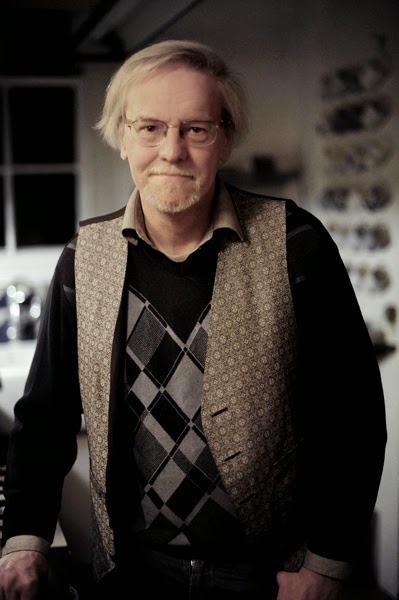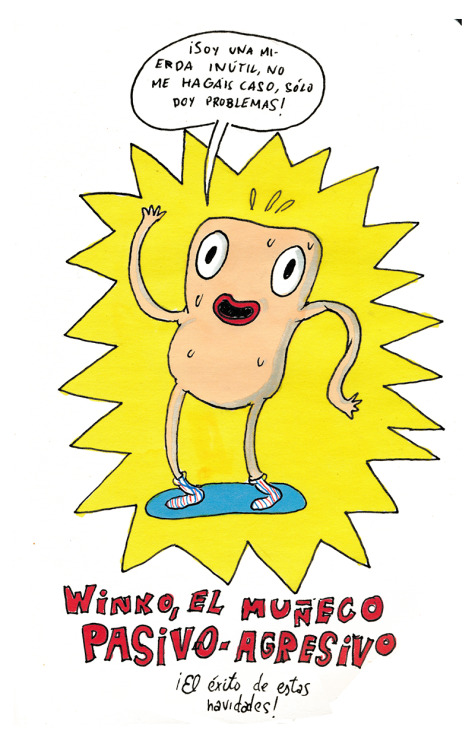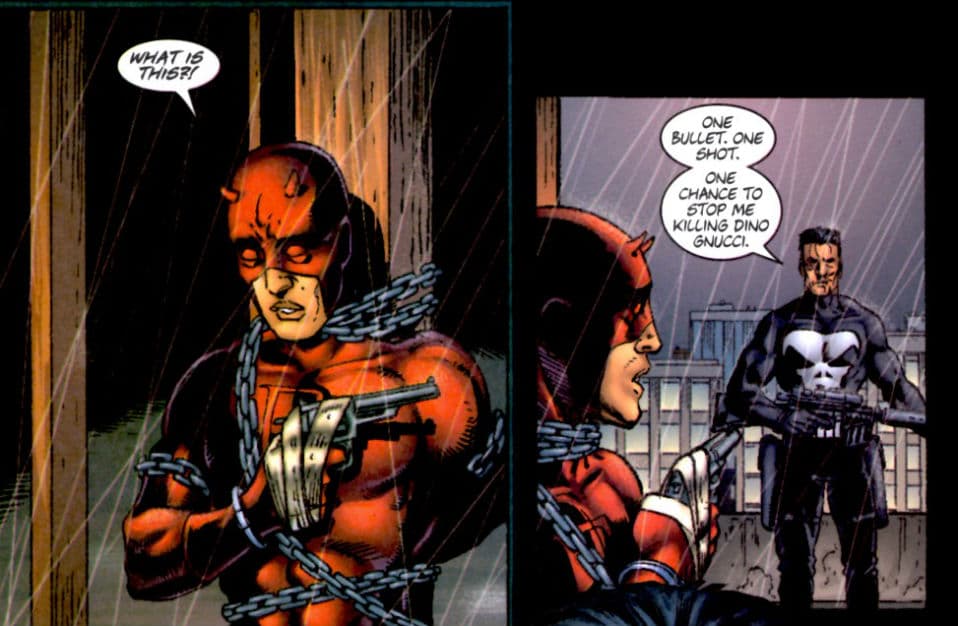Murder and cannibalism sure are funny, aren’t they? No, really, they are. That’s why everybody thinks Hannibal is so funny. They don’t? Oh, well, maybe if that show had been written and directed by Paul Bartel, with himself playing Hannibal Lecter, that’s what people would think. Bartel, who’d already directed the action-satire Death Race 2000 and its even sillier follow-up Cannonball! finally went full-on, nobody’s safe cynical with his 1982 cult classic Eating Raoul. In fact, it’s almost the very definition of “cult,” a satire so dark that no one is left unoffended. If you’ve read anything about the movie, it would seem like a comedic horror film, but the horror is much more societal than it is visceral, with damning implications for everyone involved in the “Me Generation,” and an ending that deals with grotesquery in a banal and weirdly pleasant way. This is a film with a definite, and deafening, point of view.
Made for almost no budget, Eating Raoul was Bartel’s follow-up to the two earlier Roger Corman-produced action pastiches. Corman’s big complaint with both is that they were too silly, wanting them to be straight-up brutal action, for which Bartel was not the proper auteur. With Death Race and Cannonball!, Bartel lethally skewered the American bourgeois and their demented love of violence as entertainment under the guise of adventure cinema. With Raoul, being independently produced, Bartel didn’t need to sugar-coat his views, even the miniscule amount he did before. His aim was to attack the last bastions of the sexual revolution and the “swingers” he openly mocked with a literal wallop on the head with a frying pan.
The story follows married couple Paul and Mary Bland (played by Bartel himself and cult movie staple Mary Woronov), two hapless dreamers working fairly dead-end jobs to try to save enough money to buy a house in the country and turn it into a restaurant. At seemingly every turn, though, the wealthy and upper-middle class perverts in Los Angeles find ways to get the couple down. They’re certainly not swingers; they sleep in separate beds and air-kiss each other goodnight. Their neighbors in their building have a near-constant sex party and, quite often, one or more drunken middle-aged creep will wander into the Blands’ home and try to essentially rape Mary. On one such evening, Paul catches a slimeball in the act and hits him in the head with a frying pan. Finding $600 in the man’s wallet, they decide to keep it and dispose of the body. This leads them to open a fantasy sex service in which Mary would pretend to be a dominatrix and when rich pervs show up, Paul will kill them with the frying pan.
This works out for a little while until professional thief and con artist Raoul Mendoza (Robert Beltran) happens upon their scheme. Instead of extorting money from them, he offers to take the bodies off their hands and split the money he gets from their disposal. This sounds fine to the Blands and so they begin a profitable murder trade. (What Raoul does with the bodies is one of the film’s most darkly humorous moments.) While this murder-and-robbery machine is working, Mary develops a crush on Raoul and he decides he wants to get rid of Paul to have her all for himself. What will all of this mean for the restaurant, though? What of Paul’s precious wine collection?! Will it also suffer?!?!
The murders in the film, almost all done with the thunk of a frying pan, are played for laughs. These people are all shown to be sick deviants and nobody in the movie feels bad for their passing, least of all the “good” people performing the deed. Bartel makes the point that it’s the perverts who have all the money when hard-working decent people get none of the breaks. Neither of the Blands are depicted as particularly psychopathic; they don’t enjoy having to kill people, but they also don’t revile it. Murder, for them, is just a thing they have to do to get what they feel they deserve and they vehemently look down on those they dispatch. Truly, no one ever misses them. Their only true friend is a single mother, Doris (Susan Saiger), who is a dominatrix to pay the bills. She and the Blands see eye to eye in their disdain for and exploitation of swingers and their reprehensible, yet somehow profitable, lifestyle.
Bartel is the perfect person to play the nearly-asexual and forever uptight Paul Bland. He’s the schlubby everyman who believes himself to be morally superior to all those around him. No wonder he wrote the part for himself. Woronov is partially terrifying and partially alluring. She’s also quite good in the film playing the kind of “oh well, whatever” attitude that a totally disaffected, unfulfilled, but not really complaining wife would have. She looks a bit like if an Easter Island statue decided to be a runway model. Beltran’s Raoul is the handsome rogue with a dark streak a mile wide, something which the actor clearly relishes. He has the somewhat thankless role of being “the plot” and the de-facto antagonist. Still, he’s quite good. The film is also full of delightful cameos from the likes of Buck Henry, Ed Begley Jr., and Edie McClurg as various high-rollers with strange fetishes, and at one point you can even see director John Landis walking around in the background of a scene in a bank.
Despite its very modest budget, Eating Raoul delivers on what it sets out to do: lampoon wealthy, middle-aged pleasure seekers and haughty, lower-class wannabes. It’s a harsh microscope look at L.A. in the early ’80s, when it was still harboring the ’70s mentality but before the “Greed is Good” mantra kicked in. If you understand and accept the screwball tone, it’s striking; the film is a very interesting, and funny, look at the scuzzier side of life. While not a masterpiece in anything but ideas, its place as a cult favorite is well deserved.






































